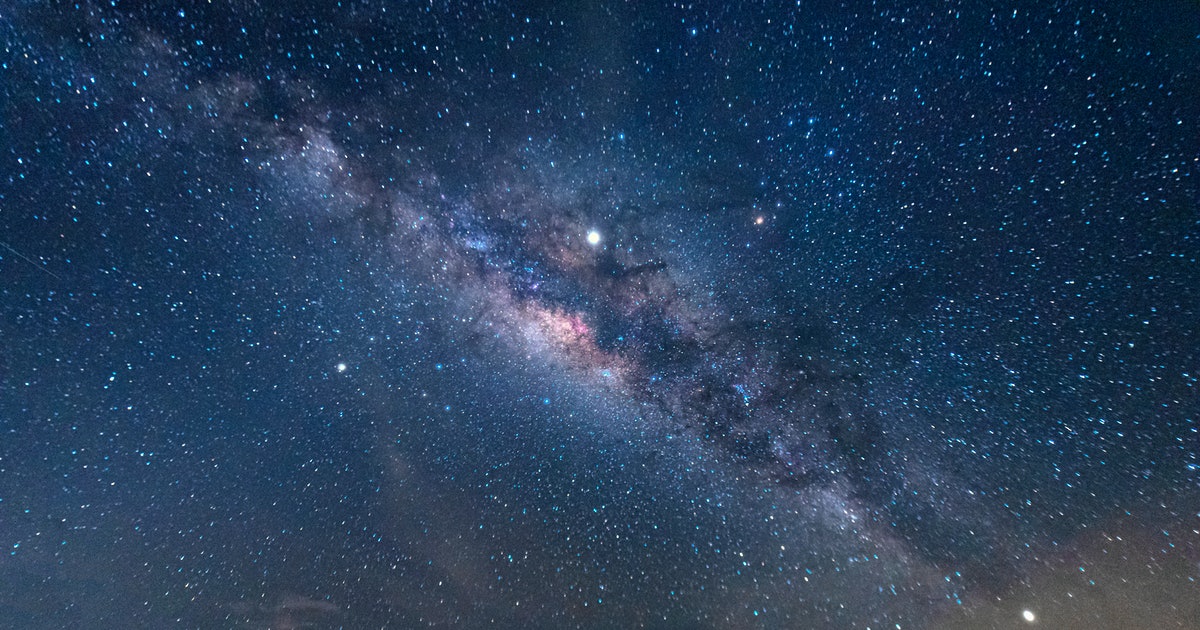
Engage! NASA prepares the Webb Telescope camera that will find new alien worlds
A sea of stars currently glitters before the scientific eyes of the James Webb Space Telescope. In as little as two months, scientists a million miles away on Earth will use the new observatory to detect unknown faraway planets from subtle changes to these stellar sparkles.
Only 5,000 of these distant worlds, commonly called exoplanets, have been detected to date; scientists estimate our galaxy is home to 100 billion. Exoplanets lurk in many close corners of our galaxy, and some occasionally make their presence known to highly-sensitive observatories by passing in front of their parent star and dimming its light from Earth’s perspective.
The space telescope is almost ready for the task. Just 200 milestones are left to complete before Webb’s next-generation instruments are at peak observational prowess. The telescope’s team have whittled down to this number over the past five months from a starting list of more than 1,000 tasks. On this last leg of the commissioning race, teams will get down to the nitty-gritty specifics about how the instruments work. Only after Webb’s devices demonstrate their capabilities will they be let “loose on the Universe.”
Webb’s Near-Infrared Camera
The James Webb Space Telescope will use its incredibly-sensitive Near-Infrared Camera, or NIRCam, to find more alien worlds. Teams across three space agencies — NASA, the Canadian Space Agency, and the European Space Agency — gave an update Monday on the status of each of Webb’s four novel imaging instruments, including the progress of NIRCam, which is considered Webb’s primary imager.
The telescope is a newcomer to space, having launched during the final days of 2021. It still needs roughly two more months to be ready for its official “first light.” Showtime for scientific observations is targeted to begin sometime this summer, in June or July. The Webb team will publish the first official images as a package called ERO, or “early release observations.”
NIRCam siphoned light from the surrounding universe last week so that its mission team can calibrate its moving parts to ultimately take real data about the periodic dimming of a star’s light, which could signal the presence of a previously unknown planet.
“We’ve issued nearly 15,000 commands to NIRCam already,” Marcia Rieke, the instrument’s principal investigator and regents professor of astronomy at the University of Arizona, said in a press conference on Monday. “All flawlessly.”
Searching for Exoplanets
Rieke’s team strives to provide fine quality images across all wavelengths of light to astronomers searching for exoplanets. To that end, “we’ve already taken more images like the one that had been released, but using every one of NIRCam’s filters,” Rieke said.
NIRCam can perform a few specialized maneuvers to detect these distant worlds, and the team has started testing these designs. An important use, called time-series observations, “is where one takes a very long series of exposures to track what’s happening during an exoplanet transit,” the term for that dip in light caused by a planet crossing the side of a star that faces Earth.
Rieke’s team has already witnessed an exoplanet transit. “When an exoplanet goes between us and its parent star, and we see the little diminution of light from the parent star, we can analyze that and learn about that exoplanet. We’ve already done the first demonstration of that, and we’re analyzing the data now.”
“We’ve proven that we can upload, to the facility, the right commanding, and the right time sequence to catch one of these transits. So that’s the first step. More to come.”
Successfully noticing these blips requires NIRCam to settle in one configuration long enough to stabilize its moving parts.
“For the time-series observations, we want to start enough ahead of the actual transit that any disturbances in it — with the detectors or anything in the instrument — have all settled down,” she said, explaining that detection involves “measuring very, very tiny changes in signal.”
“So when you get to the target and start taking data, you let everything settle, and then you can start acquiring the data that you’re actually going to count on,” Rieke said. This process can vary from 30 minutes to several hours. It depends on the type of star. “And, of course, once you get to the target, you don’t disturb anything. You leave the filter setting, everything as it was.”
Preliminary tests of Webb’s NIRCam have already “wowed” Rieke.
“This is like a whole new world,” she says. “Just unbelievably beautiful.”
A sea of stars currently glitters before the scientific eyes of the James Webb Space Telescope. In as little as two months, scientists a million miles away on Earth will use the new observatory to detect unknown faraway planets from subtle changes to these stellar sparkles. Only 5,000 of these distant worlds, commonly called exoplanets,…
A sea of stars currently glitters before the scientific eyes of the James Webb Space Telescope. In as little as two months, scientists a million miles away on Earth will use the new observatory to detect unknown faraway planets from subtle changes to these stellar sparkles. Only 5,000 of these distant worlds, commonly called exoplanets,…